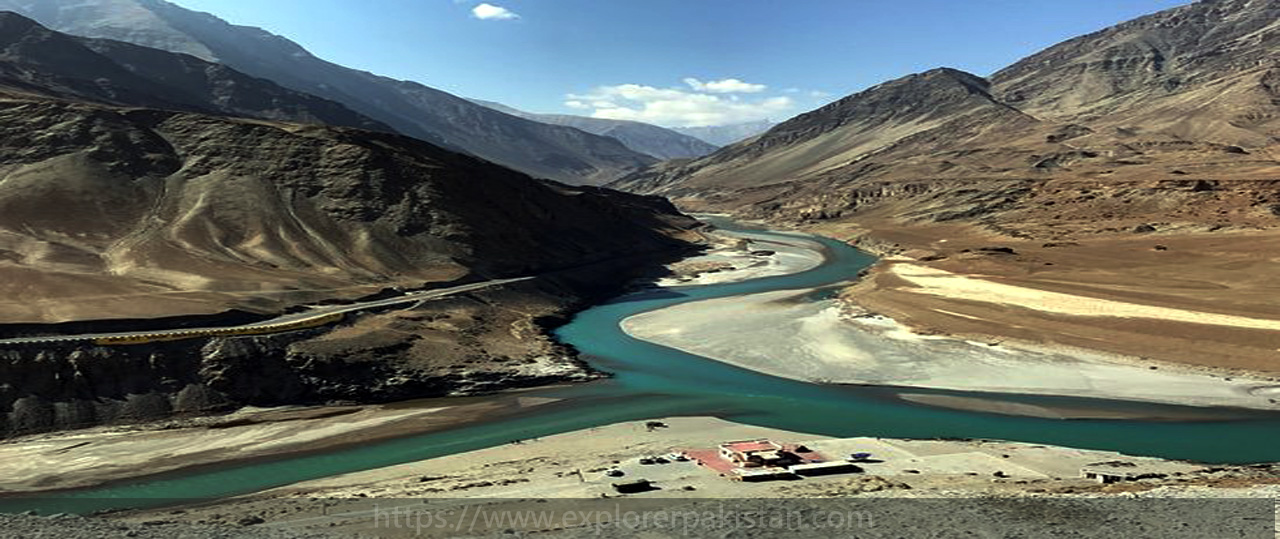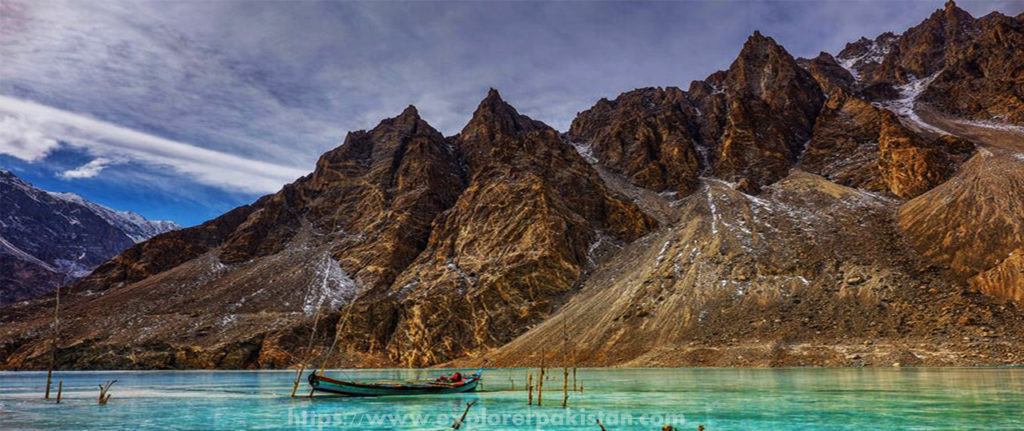Famous Rivers of Pakistan
Pakistan has the greatest water system framework on the planet. The stream arrangement of Pakistan begins from the snow-secured Himalayan and the Karakoram go. There are five noteworthy streams of Pakistan which are filled by a few little waterways. Pakistan’s stream framework comprises of more than 60 little and enormous waterways. 66% of the water provided for water system plans and in homes originates from the Indus River and its tributaries. Famous rivers of Pakistan is Indus river, Sutlej River, Kabul river, swat river and Chenab river.
The most generally spread waterway framework is of incredible significance and supplement to the farming of the nation. Among the accessible assets of water in Pakistan, the stream water is the greatest one. Pakistan is the third biggest agronomic ally based economy on the planet and waterways are the most significant wellsprings of water utilized in farming for the water system and other household utilizes, which is Pakistan’s longest and biggest stream. This is a rundown of certain waterways entirely or somewhat in Pakistan.
Famous Rivers of Pakistan are Following :
The Indus River
The Indus River is the most specific river in southern Asia and it is shared between Pakistan, Hindustan, and china. The river runs for about 1,988 miles, from Lake Manasarovar in Tibet to Latah, Gilgit-Baltistan, and KPK. Then through Punjab to pour to the Arabian Sea near Karachi. The Indus River has a total drainage area of approximately 1,165,000 km2. The river has many tributaries flowing into it. For example the Zanskar River in Latah, Chenab River, and Kabul, Gilgit, Gomal, and Shyok.
It is also fed by the rivers from the Himalayas and has a unique ecosystem of temperate forests, lowland plains, and arid countryside. The flow of the river is determined by the season, with the flow being slow in the winter and flooded banks in the monsoon months. The river provides the needed water for the Pakistan economy, in the Punjab Province. The river provides the much-needed water to feed Pakistan. The water from the rivers is used in industries and residential homes. Top Position of Indus river in list of famous rivers of Pakistan.

Sutlej River
The river flows through India, Pakistan, and China. In Pakistan, it winds through the historic crossroad region of Punjab where it flows through the Vindhya Range, and to the east of central Sulaiman Range. With a length of approximately 901 miles, the river begins from Lake Rakshastal in Tibet and flows to the Shipki La Pass and enters India in Himachal Pradesh province. In Pakistan, the river meets the Chenab River in Bahawalpur and the combined rivers flow to the Indus. The waters of River Sutlej have been tapped for power generation in different points to light both Pakistan and India.
The Kol Dam and Baspa Dam are the most prominent projects across Sutlej. The Sutlej river played a vital role in the development of the ancient civilizations of Tibet, and the valley of Garuda holds the remains of Kyunglung Palace. It also played a role in the timber trade of the Hamirpur and Bilaspur where the logs of deodar were transported from one location to another. Cultivation of fruits like grapes, apples, and apricots depended on the water from Sutlej river.
Chenab River
The Chenab River flows through the towns of Jammu and Kashmir and it is shared between Pakistan and India Unlike other rivers the River originates as two rivers; the Chandra and Bhaga, in the Himalayas which join to form the Chenab River. The Jhelum River joins it at the Trimmu and then merges with the Sutlej in Uch Sharif in Pakistan. It is about 597 miles long. The Chenab Bridge is under construction upon completion it will span the Chenab River with a height of 359 meters. The building of dams along the Chenab River has raised concerns in Pakistan as they fear that water flow will reduce, and this might affect their irrigation schemes.
Jhelum River
River Jhelum is approximately 505 miles long and a tributary of river Chenab. The river originates from the southern-eastern part of Kashmir valley, flows through Srinagar and enters Pakistan. The Neelam River pours its water in the Jhelum near Muzaffarabad. There are many dams and barrages constructed on the river Jhelum and Mangla dam was built in 1967 being the largest earth-fill in the world. Barrages on River Jhelum include Rasul and Trimmu barrages. The river has a capacity of about 5.9 million acre-feet.
Kabul River
The Kabul River is 435 miles long emerging from the Hindu Kush Mountains in Afghanistan and then purging to the Indus River in Attock city, Pakistan. The significant tributaries of the Kabul River are the Kunar, Bara, Swat, longer, and Panjshir. In the summer the river swells and floods its banks due to the melting snows in the Hindu Kush. The Kunar tributary carries more water than the Kabul. Kabul River has many, dams constructed along its course. In Pakistan, the Warsak Dam which is nearly 20km in the North West city of Peshawar is the most significant. The settlements and town of Kabul take the name from the river.
Ravi River
Ravi is another celebrated waterway from streams of Punjab and is acclaimed as the popular city of Mughal period Lahore is on its bank. The Ravi is the littlest of the five fundamental eastern tributaries of Indus. It ascends in the Himalayan in Himachal Pardesh (India) and streams west – Northwest past Chamba, turning Southwest at the limit of Jammu and Kashmir. After it moves through the south-west locale of Indian Punjab, it moves along the Indo-Pak outskirt and enters Pakistan and converges with Chenab. Stream Ravi is about 720 kilometers in length. It is a fundamental piece of the two nations. Numerous dams have been based on the Indian side of this waterway as this stream is allotted to India in Indus water arrangement.
Hub River
Center point River is situated in Lasbela, Balochistan, Pakistan. It is a city in Sindh and is the last goal of this waterway thus got its name from it. Center point waterway begins from the Pab Range in the southeastern Balochistan and proceeds with the outskirt of Sindh it arrives at Hub and after that falls into the Arabian Sea. Alexander referenced this waterway in his books of history. He went over this stream after overcoming the Northeastern piece of India. This stream is additionally referenced by the name of Oreitans in certain books of history.
Gomal River
The Gomal stream is 400 Km long and is streams among Afghanistan and Pakistan. the stream loans its name to the Gomal University in Dera Ismail Khan. This is another acclaimed waterway to which numerous streets have been named in Afghanistan and Pakistan. The stream begins from the springs of the well known and verifiable city of Ghazni. In the wake of going through numerous regions in Afghanistan. The stream comes in South Waziristan in Pakistan before at last shaping a limit between Khyber-Pakhtunkhwa and Balochistan.
Gilgit River
Gilgit River is additionally referred to as the Ghizar River. It is a Tributary of the waterway Indus streaming past the town of Gilgit. The waterway as obvious by its name is the stream that courses through the excellent heaven city of Gilgit in northern zones of Pakistan. The waterway begins from the well-known ice sheets of Shandur. Which is celebrated for holding yearly polo celebration. Which is the most astounding spot to have polo sports on it on the planet.
Swat River
This River is a significant stream in Pakistan beginning from the Hindukush Mountains bolstered by the icy masses of this territory. Swat river obvious by its name it is a fundamental piece of the excellent city of Swat giving the real bit of water system water to Swat and Malakand. The stream is an essential piece of the lovely landscape of Swat river which draws in an enormous number of travelers consistently.
Astor River
Astor River is a tributary of the Indus River and one of the streams depleting the Deosai Plateau, going through Astore Valley. The waterway starts from western slants of Brazil Pass. Astor waterway joins Gilgit River at directions 34°00′N 74°41′E.
The greater part of the famous rivers of Pakistan likewise stream into India. To advance harmony and maintain a strategic distance from political or social contention between the two nations. The water bargains were marked to figure out which waters have a place with which nation. For instance, the Indus Waters Treaty where the waters of Chenab are distributed to Pakistan even though it is a noteworthy waterway in India. India held the privilege to utilize the western waters for non-water system ventures. While Pakistan was to inundate utilizing the streams of Jhelum, Chenab, and the Indus. India has control of the Punjab, Sutlej, Beas, and Ravi for water system while Pakistan isn’t permitted to inundate utilizing these streams.
